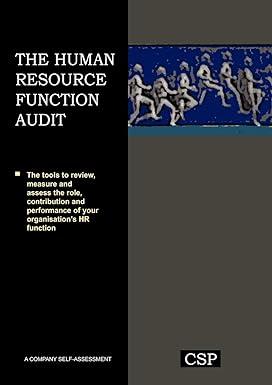Answered step by step
Verified Expert Solution
Question
1 Approved Answer
Provide an evaluation of two proposed UAE projects, both with 5-year expected lives and identical initial outlays of $110,000. Both of these projects involve additions
Provide an evaluation of two proposed UAE projects, both with 5-year expected lives and identical initial outlays of $110,000. Both of these projects involve additions to Caledonias highly successful Avalon product line, and as a result, the required rate of return on both projects has been established at 12,5 percent. The expected free cashflows from each project are as follows:
PROJECT A PROJECT B
Initial outlay 2$110,000 2$110,000
Inflow year 1 21,000 40,000
Inflow year 2 32,000 42,000
Inflow year 3 46,000 40,000
Inflow year 4 53,000 43,000
Inflow year 5 70,000 40,000
In evaluating these projects, please respond to the following questions:
a. Why is the capital-budgeting process so important?
b. Why is it difficult to find exceptionally profitable projects?
c. What is the payback period on each project? If Caledonia imposes a 3-year
maximum acceptable payback period, which of these projects should be
accepted?
d. What are the criticisms of the payback period?
e. Determine the NPV for each of these projects. Should either project be accepted?
f. Describe the logic behind the NPV.
g. Determine the PI for each of these projects. Should either project be accepted?
h. Would you expect the NPV and PI methods to give consistent accept/reject
decisions? Why or why not?
i. What would happen to the NPV and PI for each project if the required rate of
return increased? If the required rate of return decreased?
j. Determine the IRR for each project. Should either project be accepted?
k. How does a change in the required rate of return affect the projects internal
rate of return?
You have also been asked for your views on three unrelated sets of projects. Each set of projects involves two mutually exclusive projects. These projects follow.
l. Caledonia is considering two investments with 1-year lives. The more expensive of the two will produce more savings. Assume these projects are mutually exclusive and that the required rate of return is 10 percent. Given the following free cash flows:
PROJECT A PROJECT B
Initial outlay $196,000 $1,200,000
Inflow year 1 242,000 1,650,000
1. Calculate the NPV for each project.
2. Calculate the PI for each project.
3. Calculate the IRR for each project.
4. If there is no capital-rationing constraint, which project should be selected?
If there is a capital-rationing constraint, how should the decision be made?
Step by Step Solution
There are 3 Steps involved in it
Step: 1

Get Instant Access to Expert-Tailored Solutions
See step-by-step solutions with expert insights and AI powered tools for academic success
Step: 2

Step: 3

Ace Your Homework with AI
Get the answers you need in no time with our AI-driven, step-by-step assistance
Get Started


